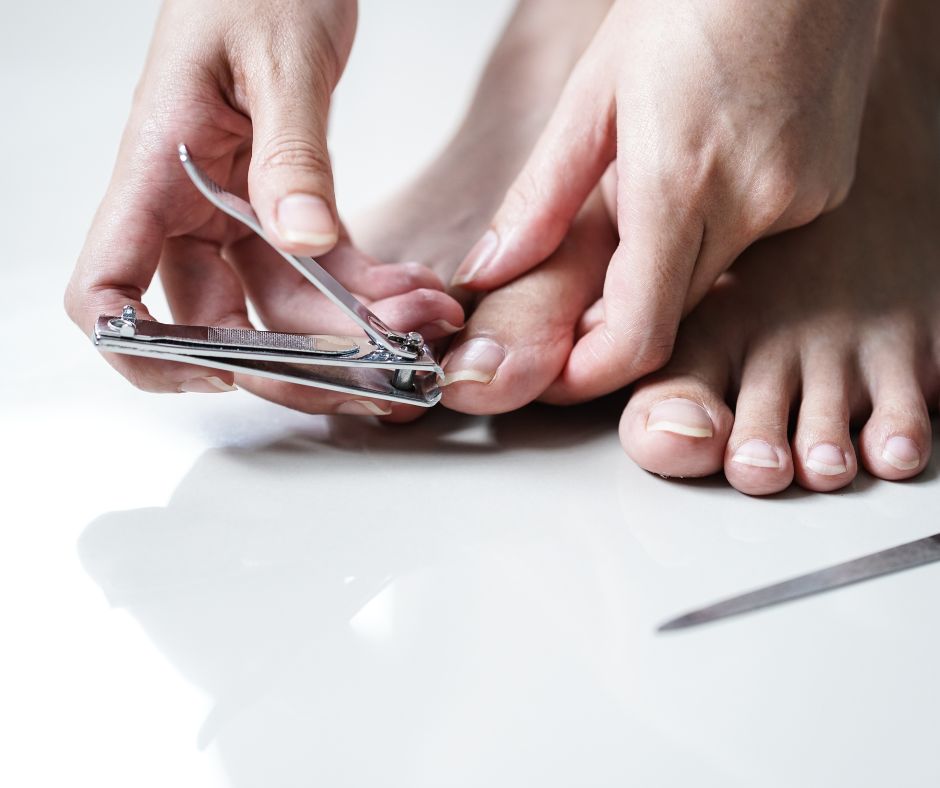An ingrown toenail might seem like a minor issue at first, but ignoring it can lead to pain, infection, and major complications. At Southern Maryland Foot & Ankle, our work has shown us that a little early intervention goes a long way! We have put together some recommendations on what you can do (and not do!) to help yourself heal from an ingrown nail.
What Exactly is an Ingrown Toenail?
An ingrown toenail occurs when the edge or corner of your toenail, most often on the big toe, grows into the soft flesh of the surrounding skin.
- This breaks the natural barrier of the skin, creating an entry point for bacteria and causing inflammation.
- Common causes include improper nail trimming (cutting them too short or curved), tight-fitting shoes, trauma, or even heredity.
The Escalating Problem: From Annoyance to Infection
An untreated ingrown toenail rarely gets better on its own; in fact, more often than not, it gets progressively worse.
Stage 1: Early Irritation
The initial stage usually involves mild tenderness, some redness, and slight swelling along the side of the nail. It’s uncomfortable, but often manageable.
Stage 2: Inflammation & Infection
If left alone, bacteria can enter the pierced skin. This leads to increased pain, significant redness, and swelling, and you may notice pus or drainage. The area will likely be very painful to the touch.
Stage 3: Severe Complications
A persistent infection can lead to an abscess (a painful collection of pus) or spread to the surrounding skin (cellulitis). In the most severe cases, particularly for individuals with diabetes or poor circulation, the infection can even reach the underlying bone, a serious condition called osteomyelitis.
This progression is why acting early is so important!
Why “Bathroom Surgery” is a Bad Idea
It’s tempting to try and fix an ingrown toenail yourself by digging at the corner or cutting it out. Please don’t!
- Risk of Injury: You can easily cut the surrounding skin, worsening the problem.
- Infection: Using non-sterile tools greatly increases your risk of introducing bacteria.
- Incomplete Removal: You often can’t remove the entire offending nail spike, leading to a quick recurrence of pain.
The Importance of Professional Podiatric Care
Seeking prompt treatment nips future problems in the bud!
- A simple, in-office procedure can be performed to safely remove the ingrown portion of the nail.
- If an infection is present, we can address it or prescribe necessary medication.
- For recurring ingrown toenails, we can perform a minor procedure to permanently prevent the edge of the nail from growing back.
Don’t let an ingrown nail spiral into something major! Stop by, consult with us and step toward relief instead.
The team at Southern Maryland Foot and Ankle wants to educate patients about their foot health so they can help make informed decisions. Our team is dedicated to providing quality, up-to-date, proven treatments in a friendly and comfortable setting. Give us a call to schedule your next appointment.

